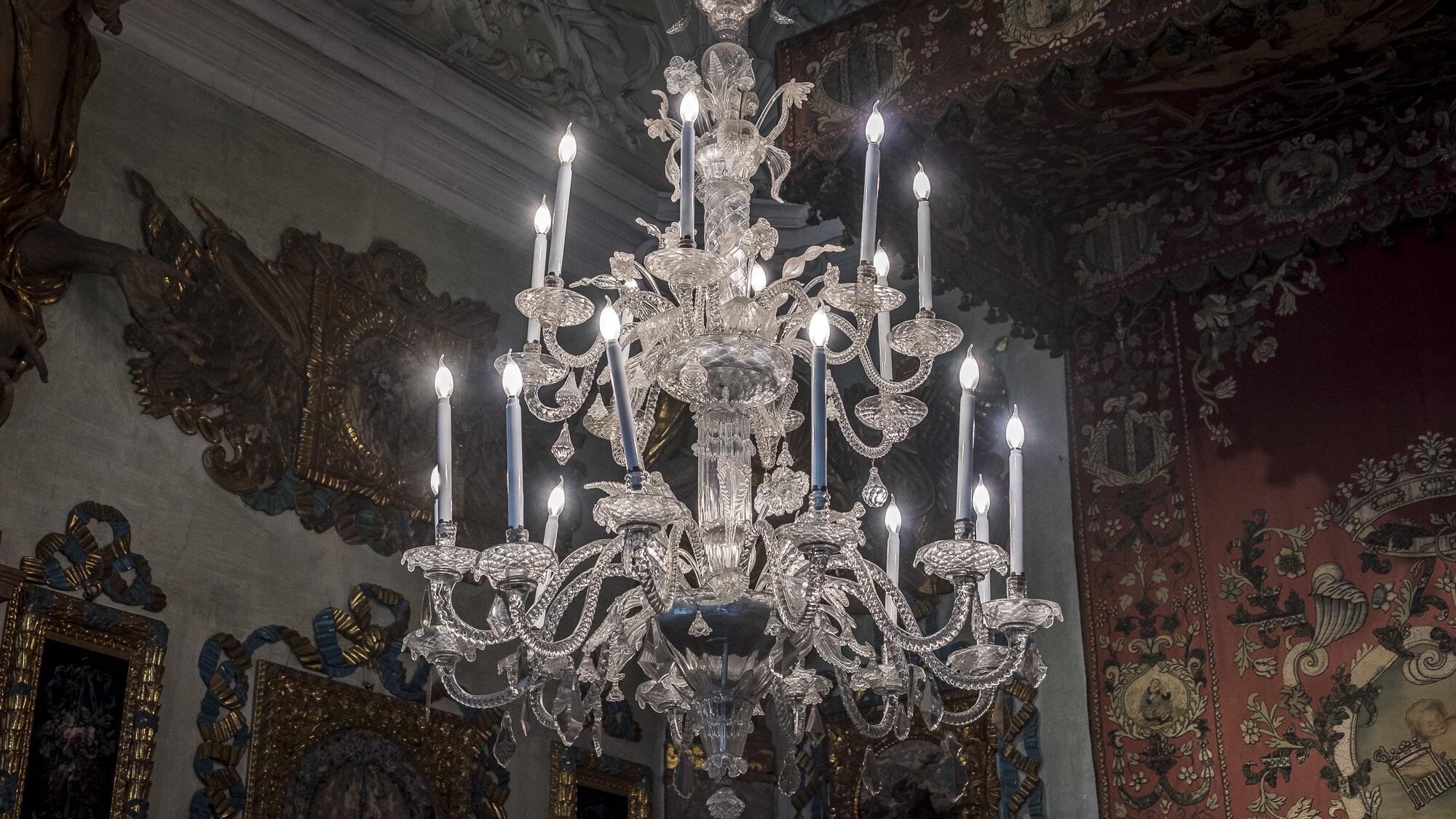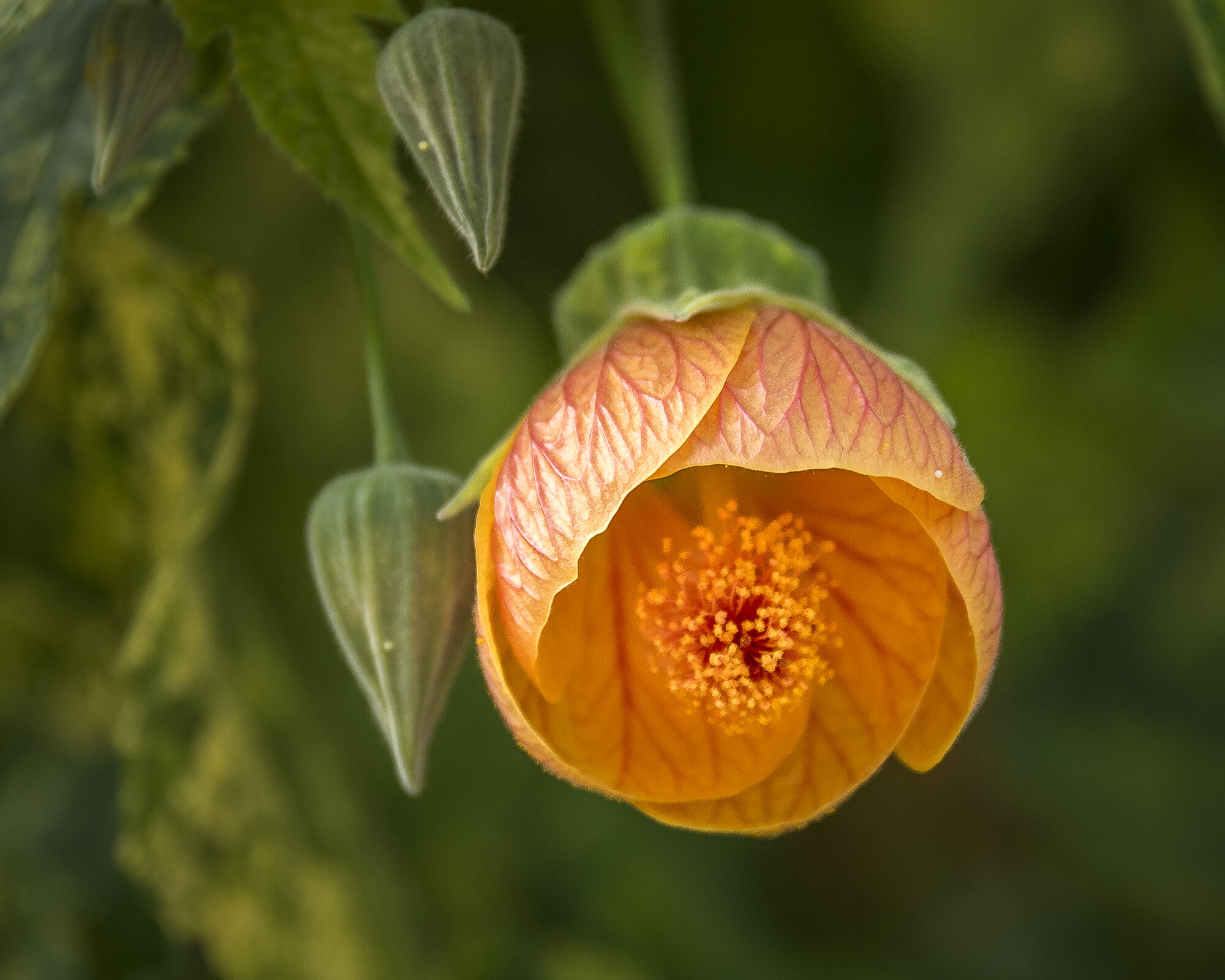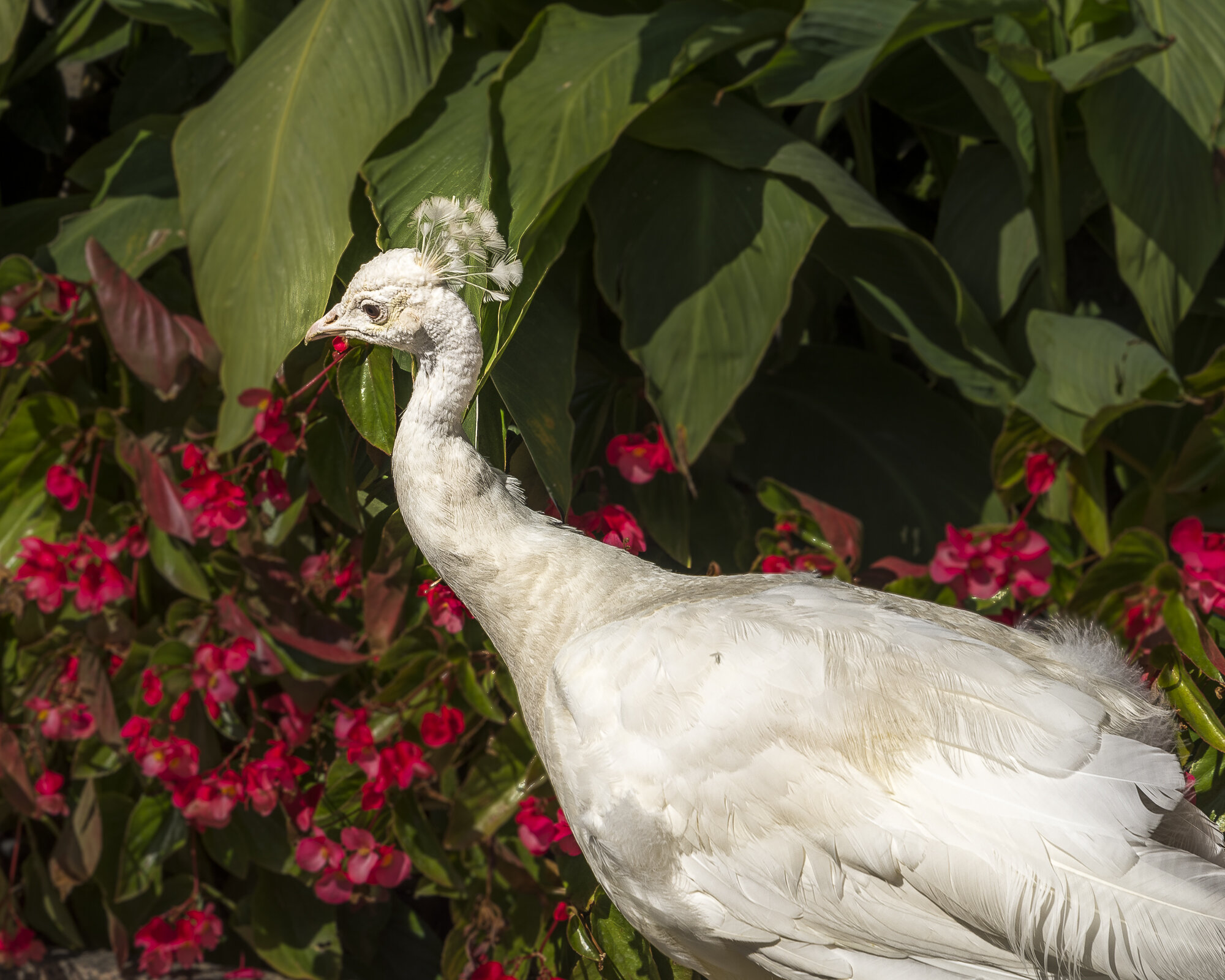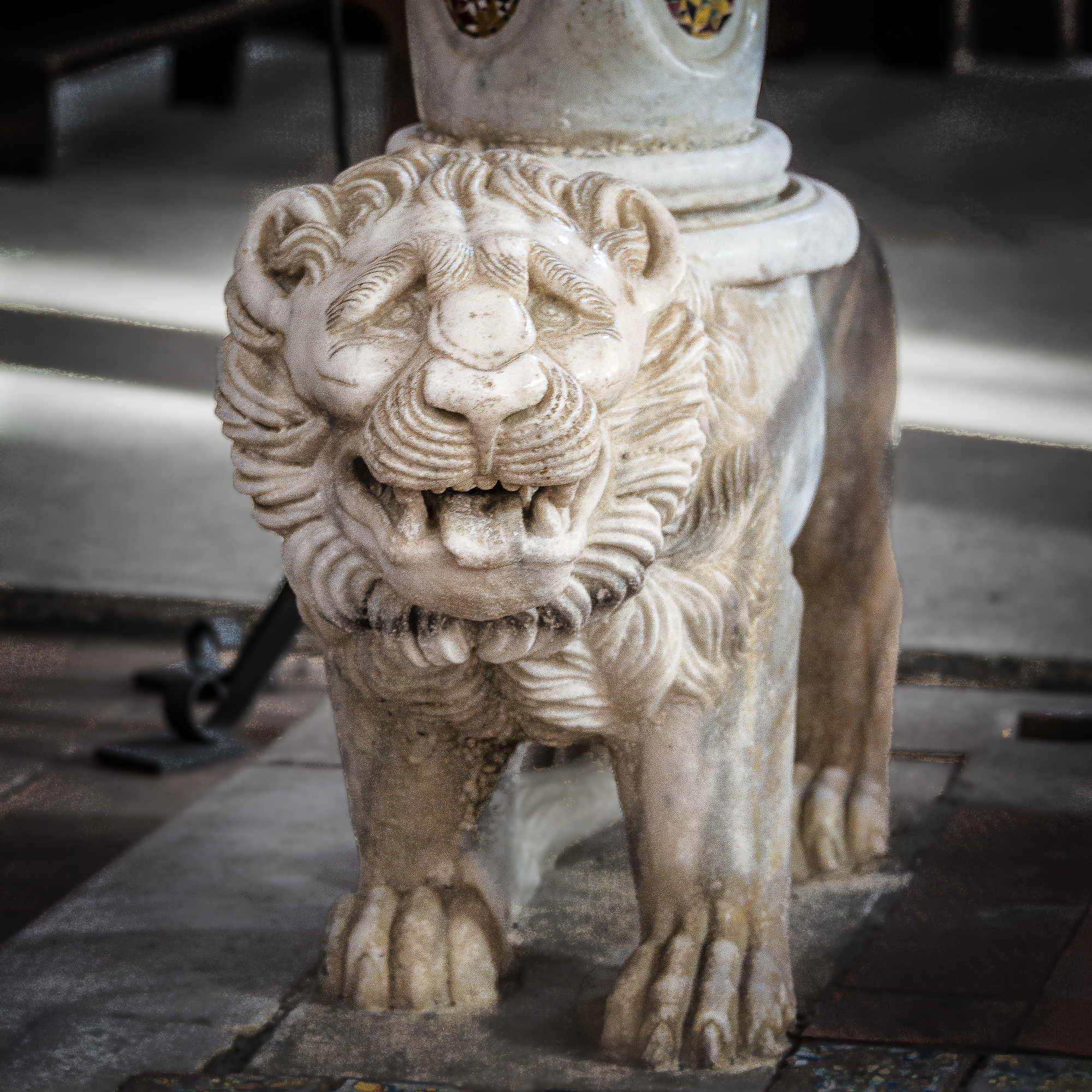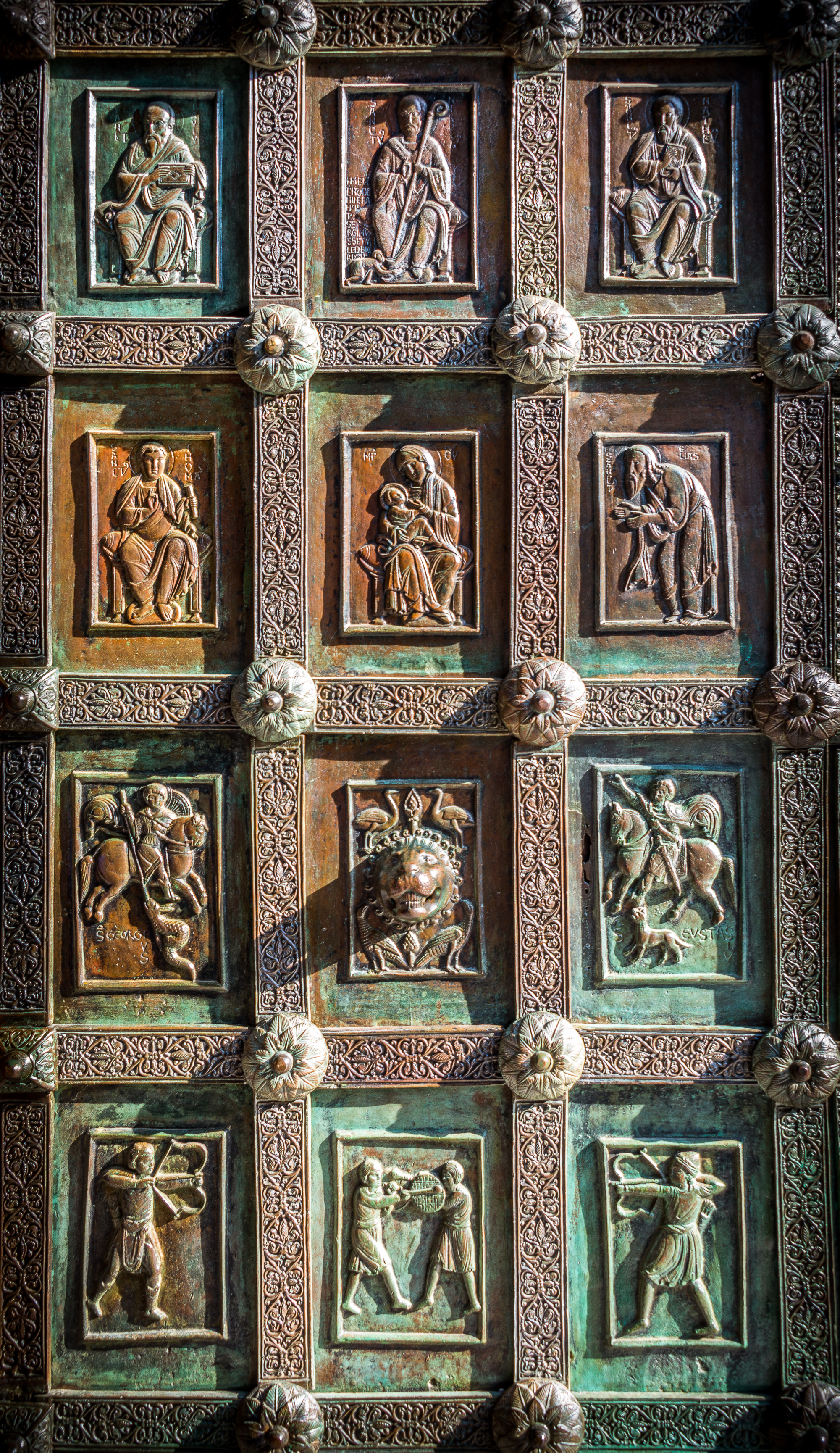It’s called Isola Bella, or Beautiful Island. It sits in Lago Maggiore, just off the shore from the town of Stresa. Is the name a misnomer? No, it isn’t.
The island had only a small fishing village until 1632, when Carlo III, of the house of Borromeo, contracted to have a palazzo built in honor of his wife, Isabella. The Borromeos were of Milano fame and had cardinals and such within the family. Poor Carolo III didn’t get to see the completion of the palazzo, because an episode of the plague shut down construction for a good while.
“...what was it like to live on the lake, with views like this one from every window of the palazzo?”
When all was said and done, a beautiful palazzo sat at the northern end of the island. On the southern 10 acres, an Italian-style garden was completed in 1671.
But, enough of boring history…right? I know. Let’s take a tour of both the palazzo and the gardens. But first, we need to get there.
Getting There
Once again, as when we visited Isola dei Pescatori for lunch at Ristorante Verbano, we boarded a boat to take us the quarter-mile or so to the island.
Sister- and brother-in-law Leslie and Craig make instant friends on the short journey from the boat docks at Stresa.
As we approach Isola Bella, we are treated to a view of the back-side of the verdant gardens. The upper story of the round building houses the gift shop, which we visited, of course.
The Palazzo
As we near the dock, we get a full view of the beautiful palazzo that the Borromeos built on this small island.
An iconic Lago Maggiore boat is moored at the palazzo.
Here are a few views of the interior of the palazzo, including two chandeliers from the Venetian island of Murano. Remember, you can click on any image to get a larger view.
Here, wife Ellen contemplates what was it like to live on the lake, with views like this one from every window of the palazzo?
The main room…I don’t know what else to call it…is beautifully finished with…with…this and that.
From this great room, we get a view of Ristorante Verbano, the site of yesterday’s lunch.
As we headed through the other rooms of the palazzo, we passed through the library, loaded with many very rare books. One wonders whether any of these books would be of interest to us in our current times…assuming we could read the language in which they were published.
We found art works adorning the walls, like these two mosaic bird pieces, each about 10” in diameter…
…and this table, which is also a mosaic, as you can tell from the detailed closeup photo.
I have no idea what this is about and I really don’t want to talk about it!
Really, don’t ask.
In the lower levels there is a crypt-like room with some historical artifacts within. It looked to me like a mad baker went absolutely berserk with his pastry bag.
There was this stoned beauty though, sleeping it off as we passed by.
OK, I’m not much of one for tapestries…I’ve seen them in many palaces and museums. But these? I found them fascinating. The detail was exquisite.
So, here is the whimsical scene on one of the tapestries. Can’t say much for the subject matter, but the detail?
And, here is more detail of the thread work. These tapestries were not created on a modern machine loom — the work was all done by hand many, many years ago.
Check out this lion-like-thingie with the chagrined look. The hours and hours that were invested in these artworks is amazing.
The Gardens
Ellen has this thing for hydrangeas, and there were many to admire here.
Here are a few garden variety views.
Below are our new friends from the Ghisalba class of 1958. Ghisalba is about 30 miles east of Milano.
As I look at the photo and apply a bit of logic, I have concluded that this is not a celebration of a high school class. If these folks were graduating from high school in 1958, they would be close to 80 when this photo was taken, and they look no where close to 80. Must have been elementary school…right? At any rate, they were a friendly group, and they gladly sat for this class portrait. A 5x7 and 12 wallet-sized, please.
This group inspired us to have our own group portrait made.
From the top of the gardens, Craig is able to point out our hotel in the lakeside town of Stresa.
Well, that’s about it for our visit to Isola Bella, and yes, it is a beautiful, and well manicured, island.
What we need to do now is find our way back to the boat dock…we are hungry, and we know that there is great food awaiting in Stresa.
That’s it for our visit to Isola Bella and Palazzo Boromeo. It was a pleasant way to spend the morning.
I’m thinking of getting my maritime captain’s license, so that when you’re boating your way to Isola Bella, I’ll turn from the captain’s chair and say…
Ciao for now,
Steve


